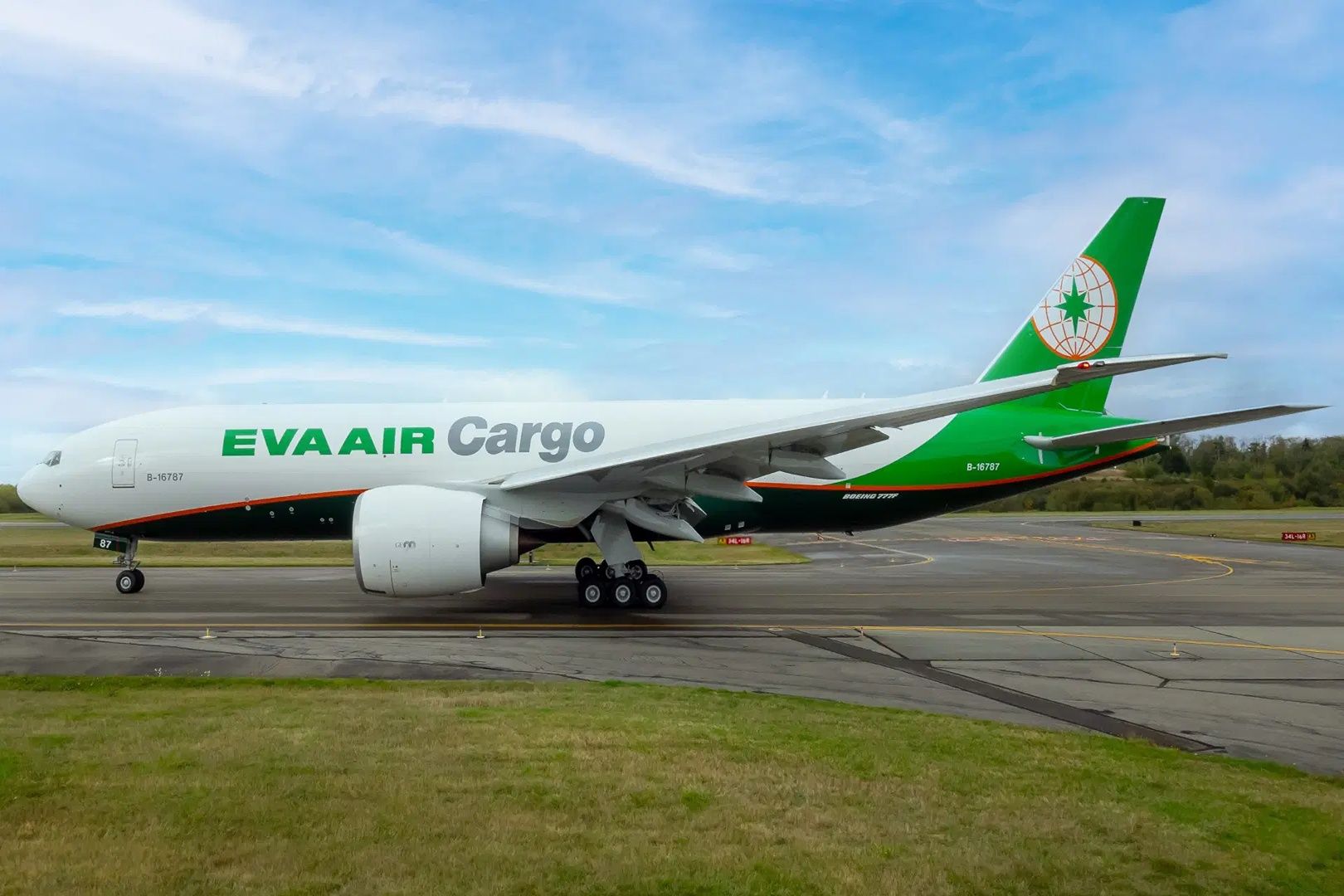Summary EVA Air is the first Asian airline to use AeroSHARK, which reduces drag and cuts fuel consumption. AeroSHARK film on nine 777Fs will save over 2,500 metric tons of fuel yearly for EVA Air, cutting CO2 emissions. EVA Air aims for net-zero carbon emissions and is monitoring AeroSHARK tech benefits.
With the peak summer season a distant memory, now is the time when many Northern Hemisphere airlines send aircraft for planned maintenance and modifications. Taiwanese airline EVA Air is using some downtime to modify its fleet of nine Boeing 777Fs with AeroSHARK drag-reducing film. A growing AeroSHARK trend The revolutionary AeroSHARK technology has been around for a few years but the increasing pressure on airlines to reduce carbon emissions seems to be driving more to this Lufthansa Technik technology.

The latest is EVA Air , which, in a joint announcement with Lufthansa Technik (LHT) on Friday, announced it would be the first Asian airline to modify its aircraft with AeroSHARK. The first Boeing 777F , a 2019 freighter registered L-16786 and MSN 62828, has already rolled out of the hangar at EVA Air's Taiwan base at Taipei Taoyuan International Airport (TPE), with the fuselage and engines nacelles covered with AeroSHARK film. EVA Air affiliate Evergreen Aviation Technologies Corporation (EGAT) made the modification under the watchful eye of LHT experts, and the modified 777F will return to service next month.
As discussed previously, AeroSHARK, jointly developed by LHT and BASF , is a functional surface film modeled on the drag-reducing structure of sharkskin. It is covered with surface riblets that are around 50 micrometers (0.00197 inches) thick, and these riblets disrupt the airflow and allow the aircraft to fly with less drag, thereby cutting fuel consumption and carbon emissions.
Covering the fuselage and engine nacelles requires around 830 square meters (993 square yards) of AeroSHARK film to produce a 1% fuel reduction per flight. For EVA Air's nine 777Fs, that will equate to annual savings of more than 2,500 metric tons (2760 US tons) of kerosene and more than 7,800 metric tonnes (8,600 US tons) of CO2 emissions. Air Astana has co-financed a comprehensive study into developing sustainable aviation fuel production in Kazakhstan.
EVA Air will monitor the savings EVA Air Executive Vice President Corporate Planning Division Albert Liao said the airline is continually progressing towards net-zero carbon emissions by 2050 and is constantly seeking the latest technologies to reduce its carbon footprint. Liao said EVA is delighted to collaborate with Lufthansa Technik in applying the fuel-saving AeroSHARK surface technology to its 777F freighters, adding: This innovation not only reduces fuel consumption but also lowers CO2 emissions and EVA Air will continuously monitor the actual fuel-saving benefits and further evaluate additional aircraft to be equipped with this technology." According to Planespotters.
net, EVA Air has a fleet of 84 aircraft, including the nine Boeing 777F freighters. The data shows the airline has 17 Airbus A321-200s, nine A330-300s, 33 Boeing 777-300ERs , four 787-9s and 12 787-10 Dreamliners. LHT currently holds Supplemental Type Certificates (STCs) for the AeroSHARK modification of two types of Boeing 777s, and it said a double-digit number of aircraft are in service with the product.
The order was initially announced in November 2023 and was finalized just now. BASF and Lufthansa Technik are continuing to develop AeroSHARK further to support more aircraft types and airlines worldwide. Currently, they are working on gaining approvals for more aircraft types and even larger surface areas, and modeling suggests that with the maximum expansion in the coverage area, AeroSHARK could reduce up to 3% of carbon emissions.
.



















